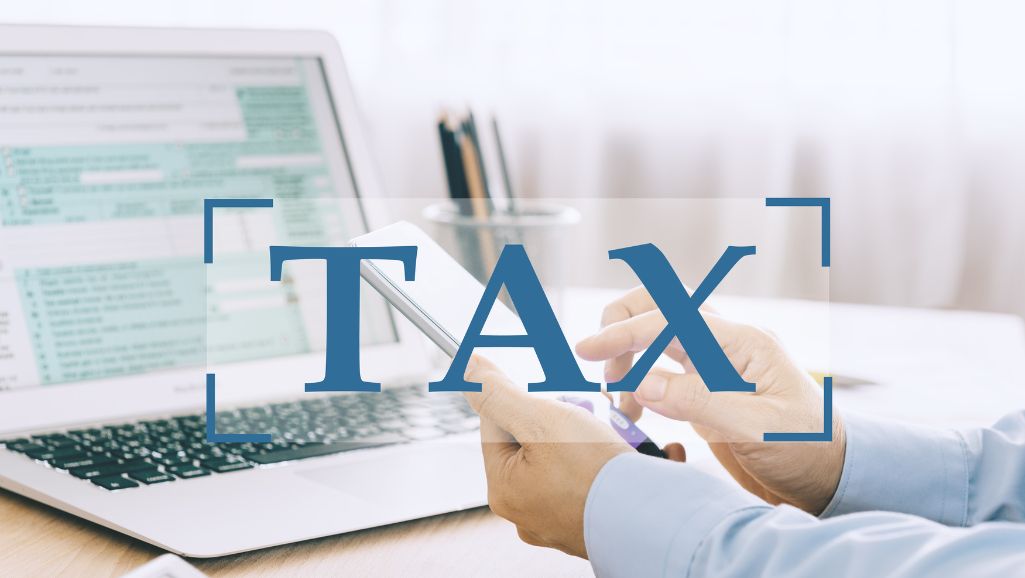
Provisional tax payments are payments you need to make if you paid more than $5,000 tax in your last income tax return. Think of provisional tax as paying progress payments on next year’s income tax.
For example, if you earned $100,000 from your business, the income tax on that income would be just under $24,000. This can be a lot to pay all at once. Provisional tax breaks your income tax lump sum into instalments that are paid throughout the year, smoothing out your tax burden.
How does provisional tax work?
Provisional tax splits up your income tax into payments over the year. The frequency of payments varies from as little as twice a year (28 October and 7 May) or as often as monthly.
Your due dates will depend on whether you are registered for GST and which payment option you choose. There are four payment options available:
- standard option;
- estimation option;
- ratio option; and
- accounting income method (AIM).
Talk to us about the options and which one might be right for you.
Your provisional tax payments may not be precisely correct at the end of the tax year. You may have paid too much (if you’ve earned less than expected) or too little (if you’ve earned more). Overpayment will result in a tax refund, while underpayment will mean you still owe more to Inland Revenue at the end of the year.
If you think that your income is going to be substantially more or less than last year, then talk to us as we may be able to estimate a more accurate figure. We can help you figure out how to determine your payment option as well as calculating your payments.
We can help you navigate provisional tax
We can provide you with tailored advice to navigate provisional tax. Get in touch, we’d love to help you.